Monstrous remains have been unearthed at the bottom of Scotland’s fabled Loch Ness.
But Nessie hunters were left disappointed when the find was identified as a 1970s film prop.
The 30ft (9m) model is thought to have sunk after the shooting of The Private Life Of Sherlock Holmes, directed by Hollywood great Billy Wilder.
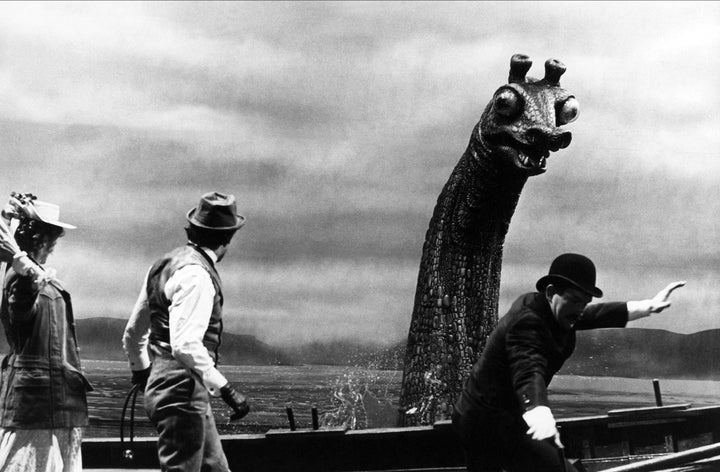
It was found on the loch bed during the latest survey of the 755ft (230m) deep stretch of water.
A marine robot named Munin is being used to explore areas that have not been reached before.
A spokesman for VisitScotland, which is supporting the project, told the Press Association: "Operation Groundtruth has uncovered a recognisable creature.
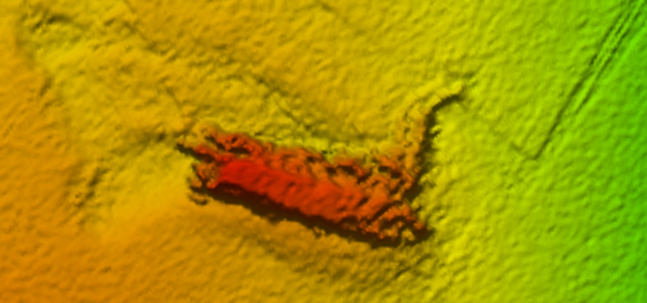
"Although it is the shape of Nessie, it is not the remains of the monster that has mystified the world for 80 years, but a star of the silver screen."
Christopher Lee starred in the 1970 film where the monster in fact turned out to be a disguised naval submarine.
The prop is thought to have sunk after its humps were removed and it had not been seen again until now.
Discoveries already made in Loch Ness include a crashed Second World War bomber, a 100-year-old fishing vessel and parts of John Cobb's speed record attempt craft Crusader, which crashed at more than 200mph in 1952.
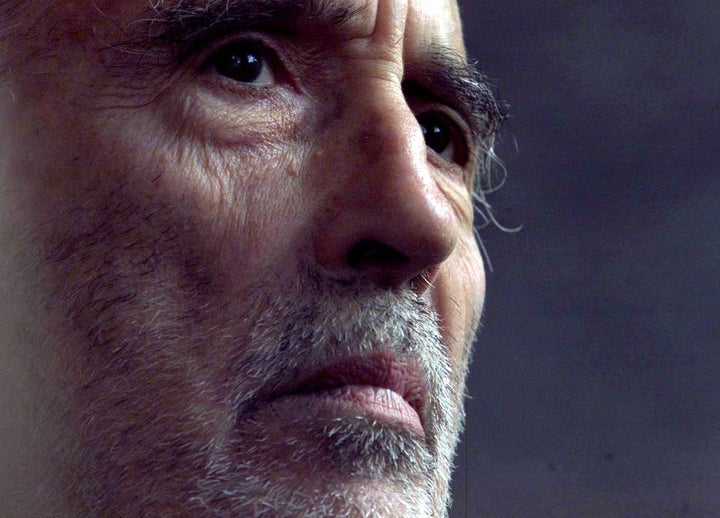
In a further blow to monster hunters, early survey findings have revealed that claims made earlier this year about a "Nessie trench" in the northern basin of the loch are incorrect.
More precise underwater evidence shows there is no anomaly or abyss at the location.
The survey - the first of its kind in Scotland - is being carried out over two weeks by Kongsberg Maritime and supported by the Loch Ness Project and VisitScotland.
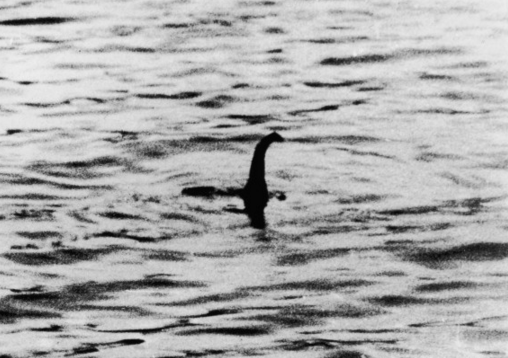
Loch Ness has been notoriously difficult to survey in the past due to its depth and steeply sloping side walls.
Munin can map vast areas to depths of 4,921ft (1,500m) and has been used in the past to search for downed aircraft and sunken vessels.
Loch Ness project leader Adrian Shine said: "Because Munin can dive and navigate itself safely at great depth, it can approach features of interest and image them at extremely high resolution.
"We already have superb images of the hitherto difficult side wall topography and look forward to discovering artefacts symbolic of the human history of the area."
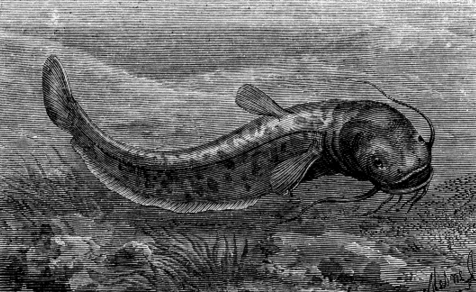
Despite no conclusive evidence of the famed monster, the mystery and interest surrounding Nessie is worth an estimated £60 million to the Scottish economy, with hundreds of thousands of visitors travelling to Loch Ness every year in the hope of catching a glimpse.
VisitScotland chief executive Malcolm Roughead said: "We are excited to see the findings from this in-depth survey by Kongsberg, but no matter how state-of-the-art the equipment is, and no matter what it reveals, there will always be a sense of mystery and the unknown around what really lies beneath Loch Ness."
According to lore, the serpentine beast has said to have haunted the murky waters of the loch since 1933.
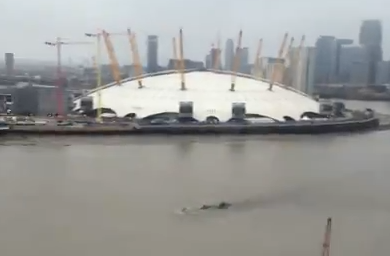
Believed by many to be the last of a line of long-surviving plesiosaurs, (a Jurassic marine reptile) legend has it that the creature appears along with earth tremors and swirling bubbles.
Nessie first hit headlines in 1934 when the Daily Mail published what it claimed was the first picture of the beast.
The photo was later revealed to have been staged, but there has been no shortage of images since.
In recent weeks, sightings of an unidentified creature in the River Thames have led to speculation she might be holidaying in the capital.
One possible candidate linked to the sightings is the wels catfish, which is the largest freshwater fish in Europe. It can live for decades, possibly even as long as 80 years, the National Geographic reveals.
In February twin Italian brothers caught a 9ft long wels catfish in the Po River of northern Italy.
The animal was dubbed “the monster of the Po” by the Italian media, the Telegraph reports.
A female northern bottlenose whale died after swimming up the Thames in 2006.
